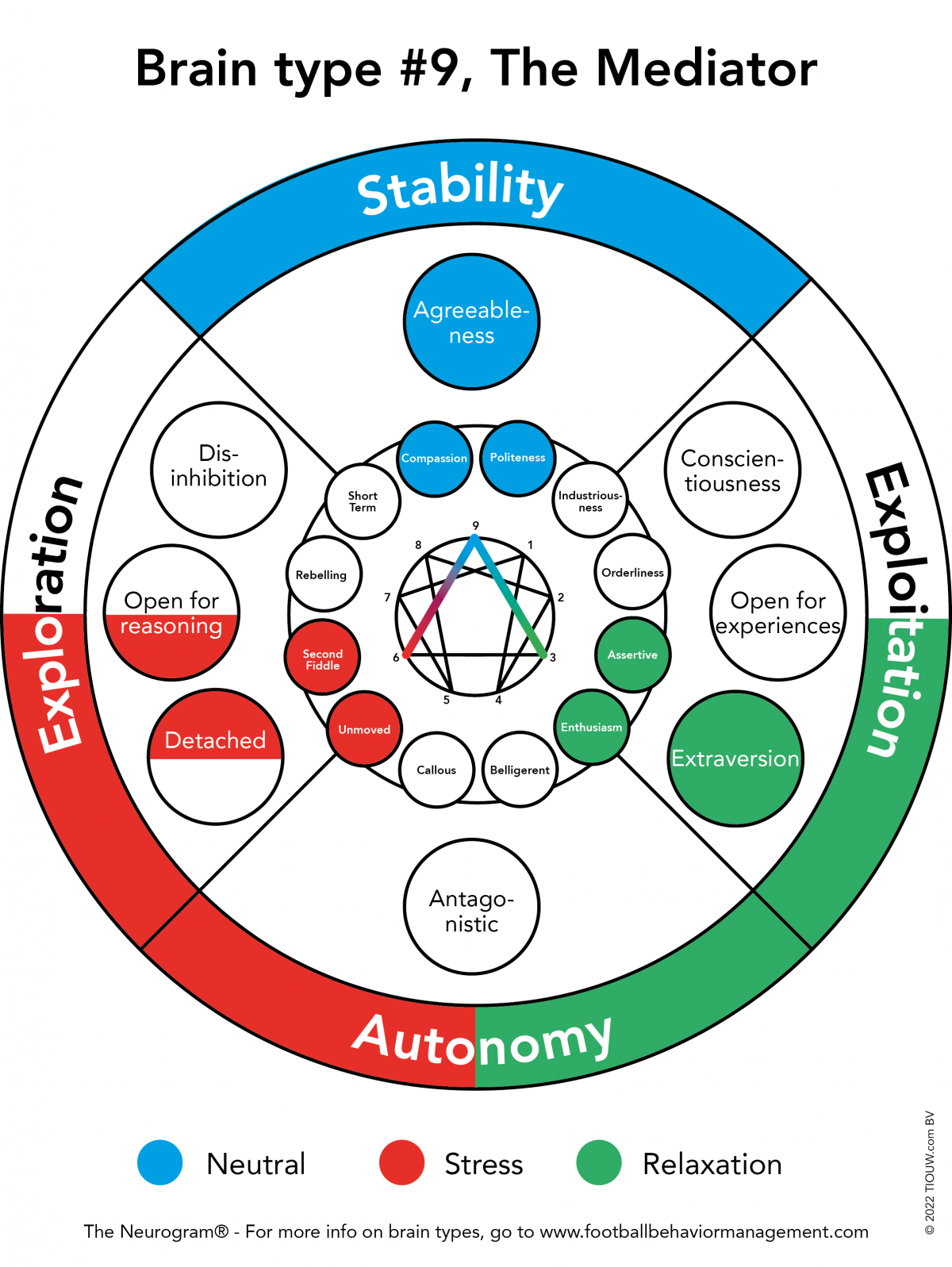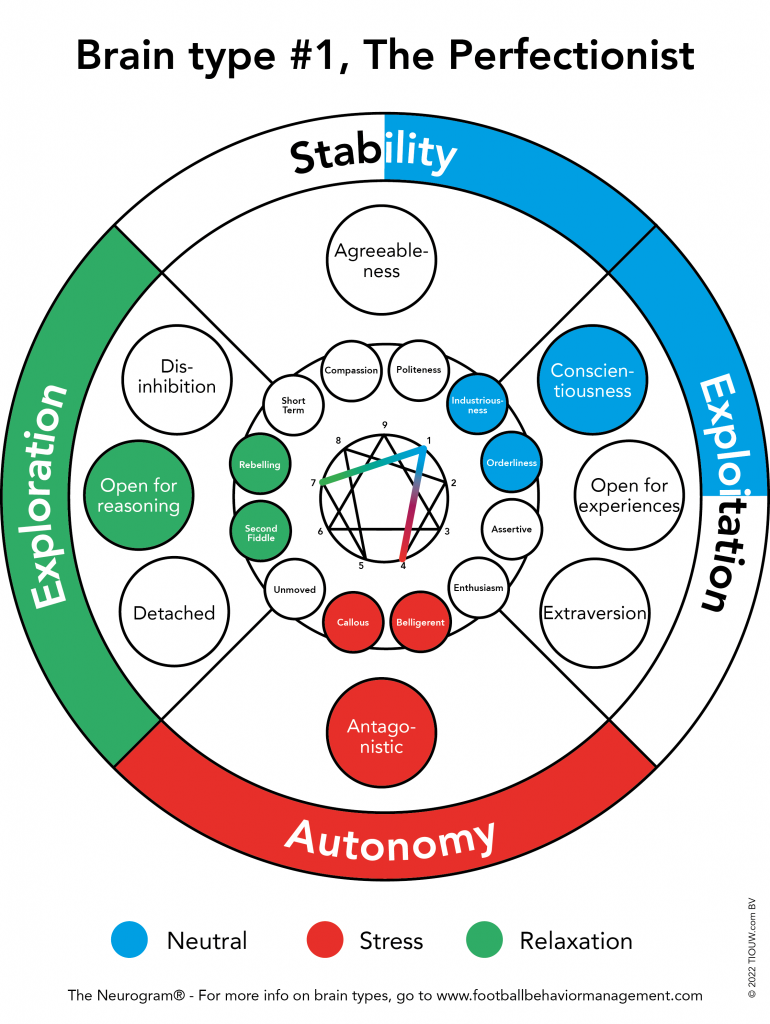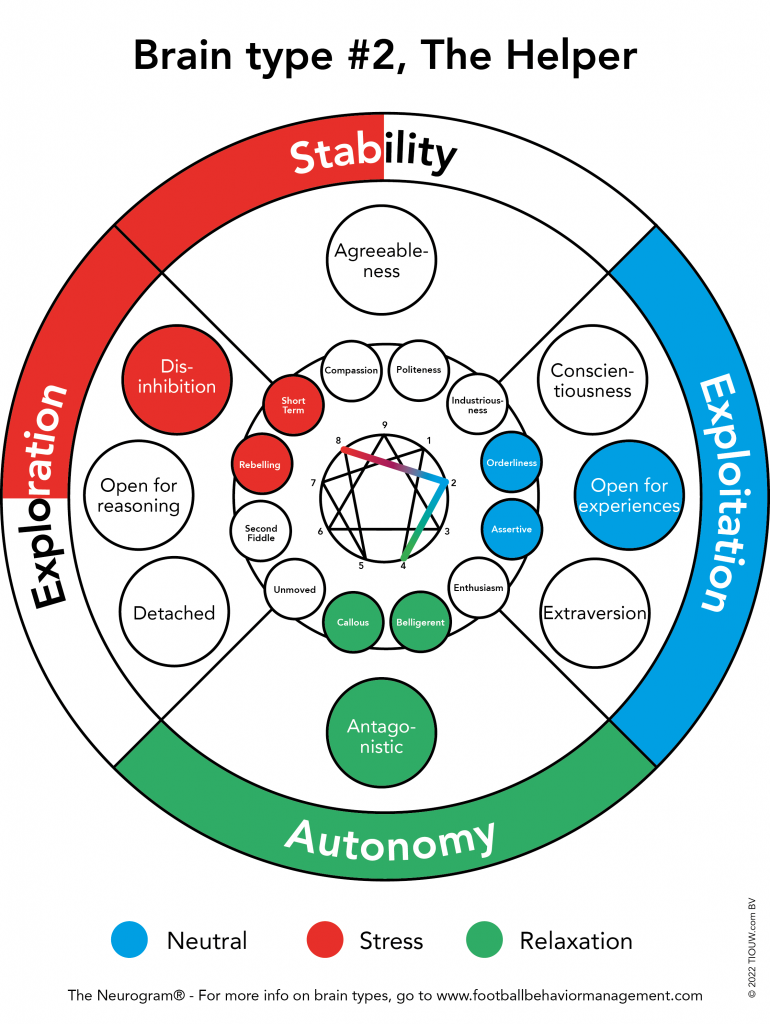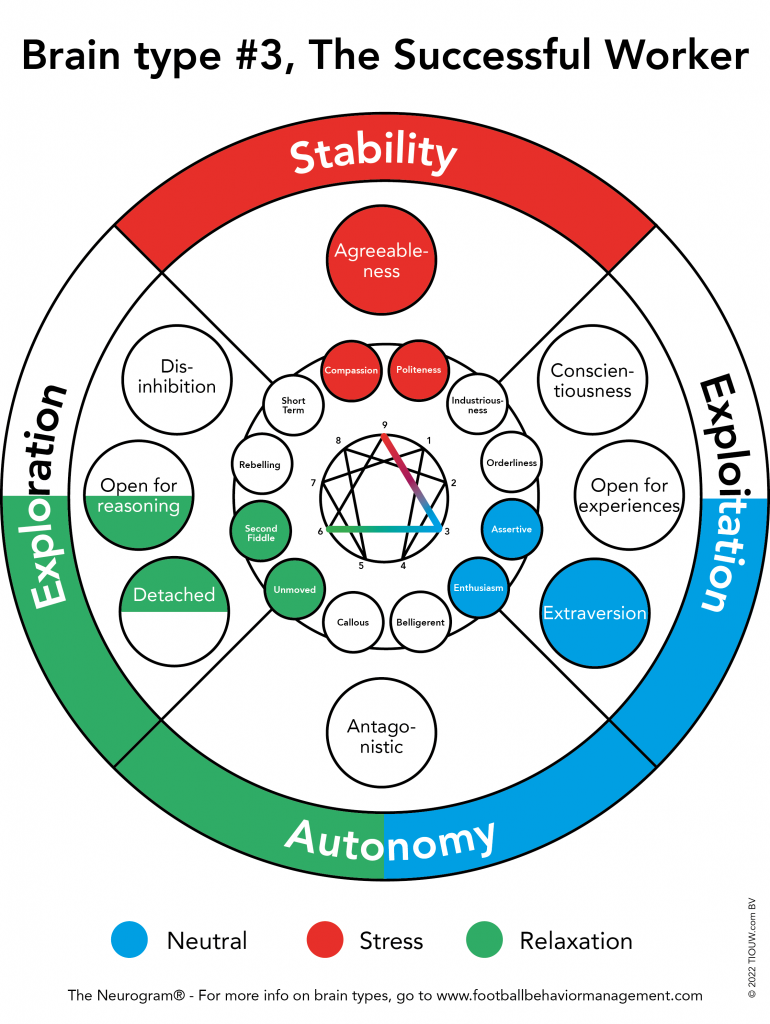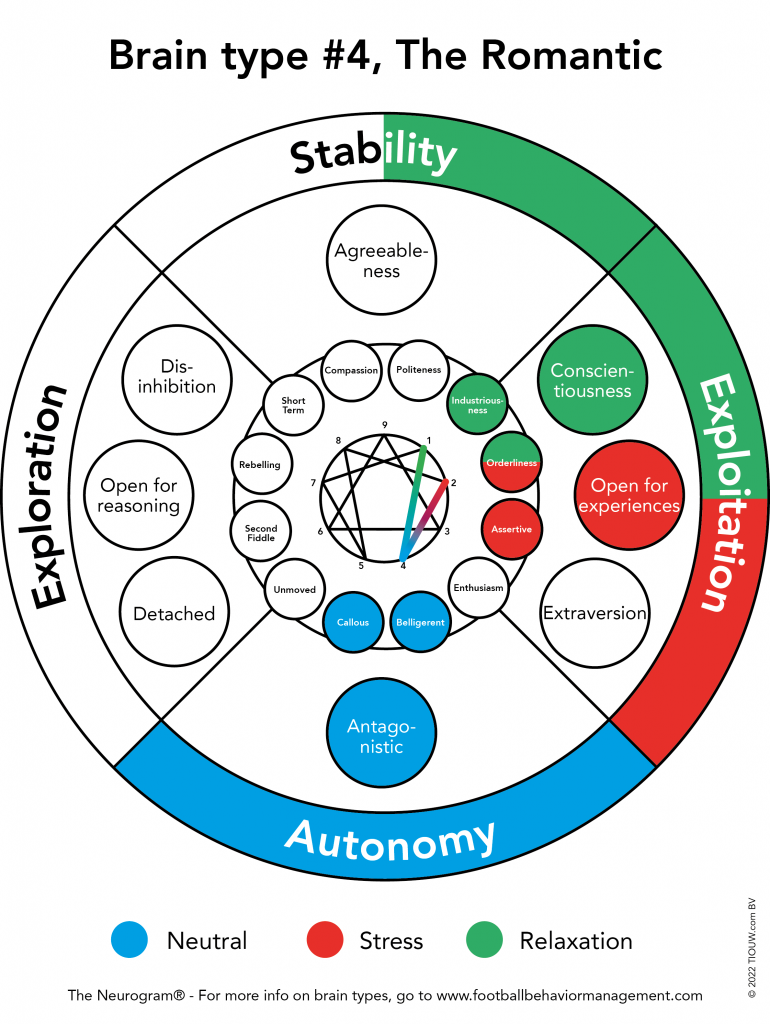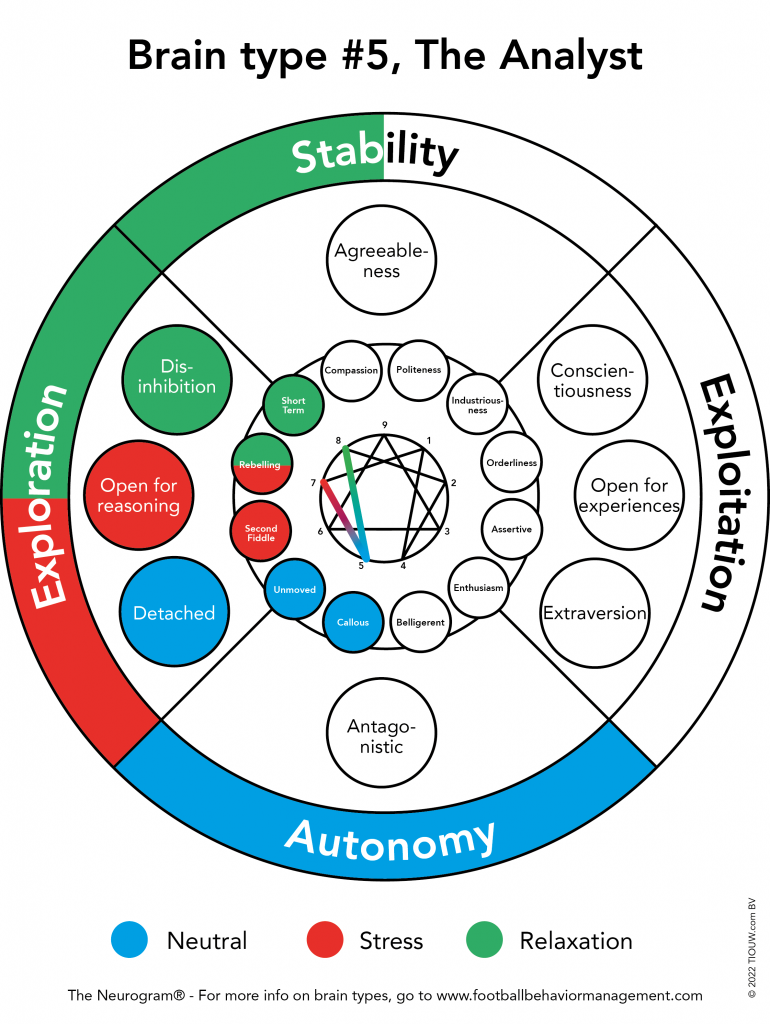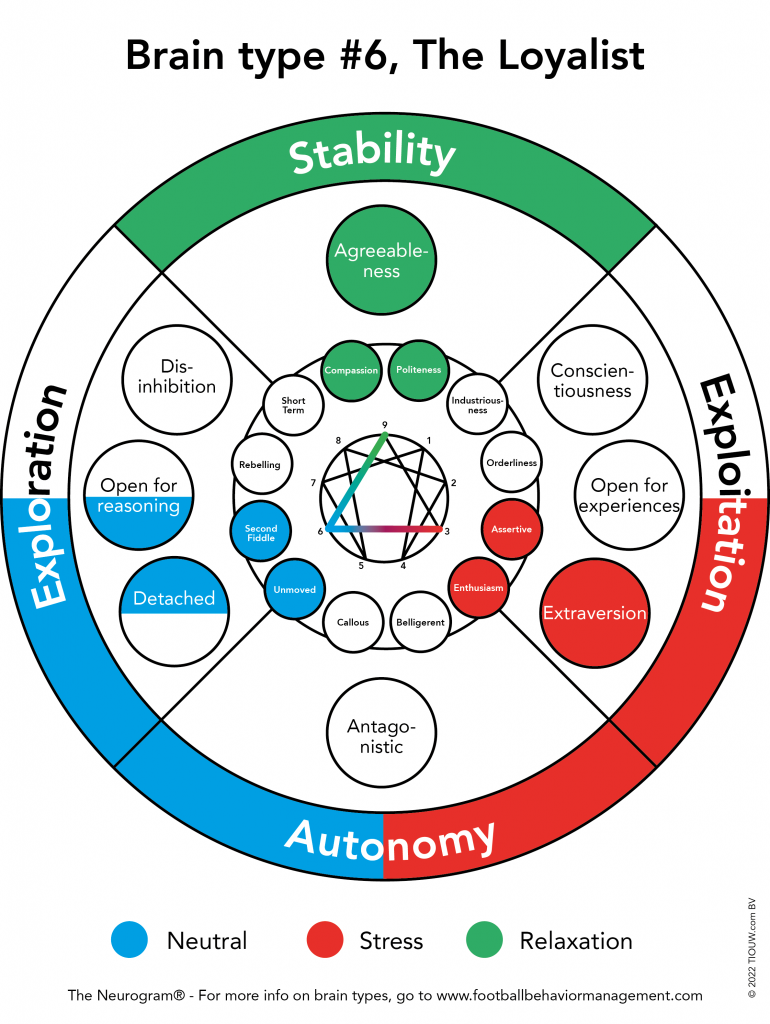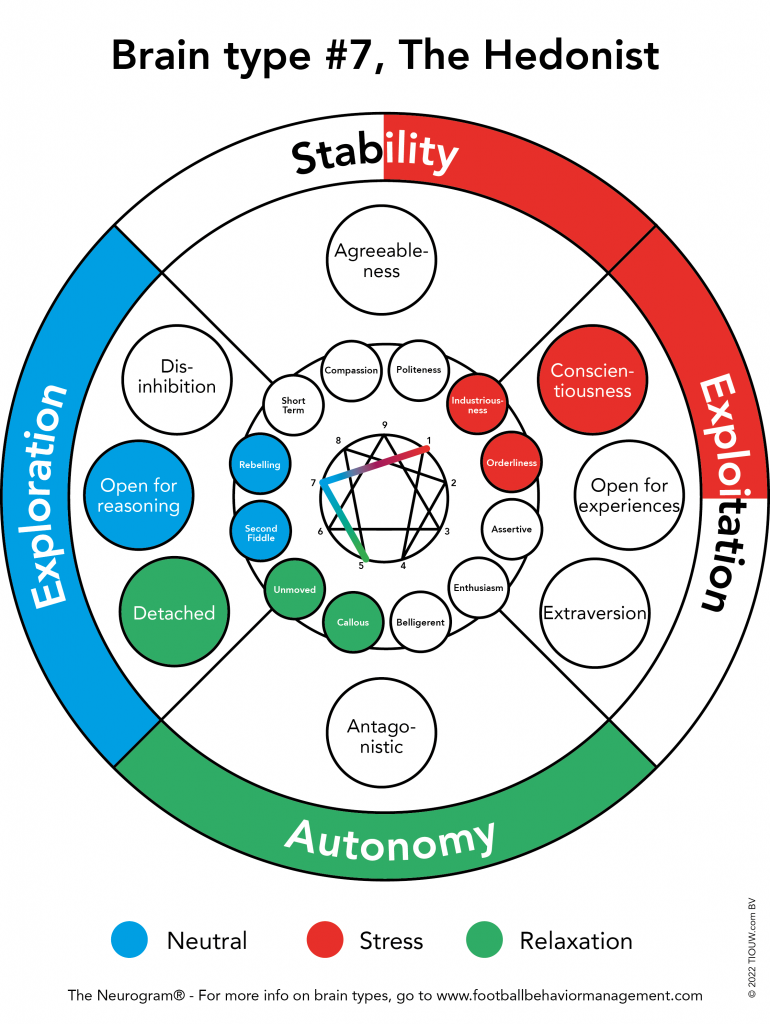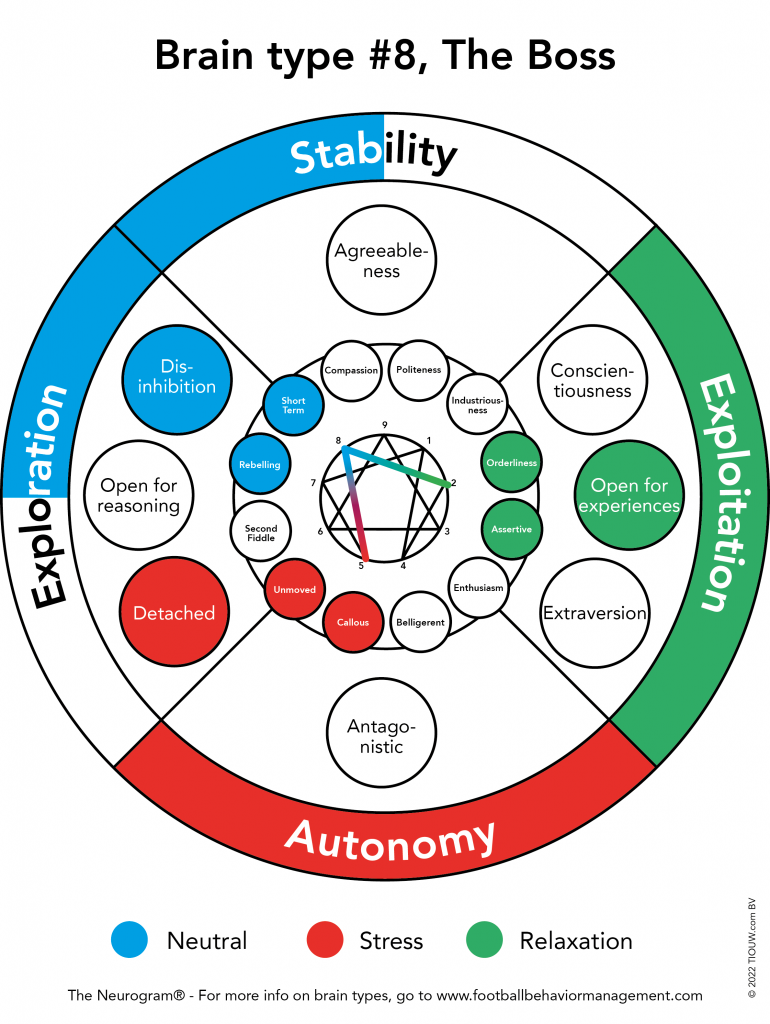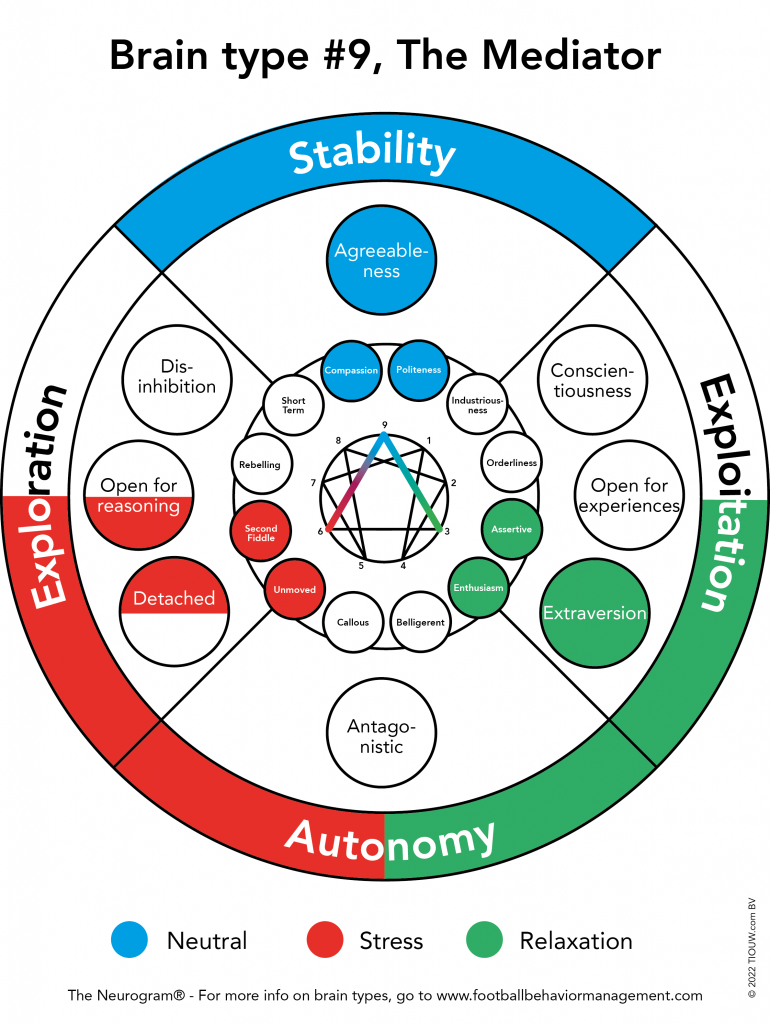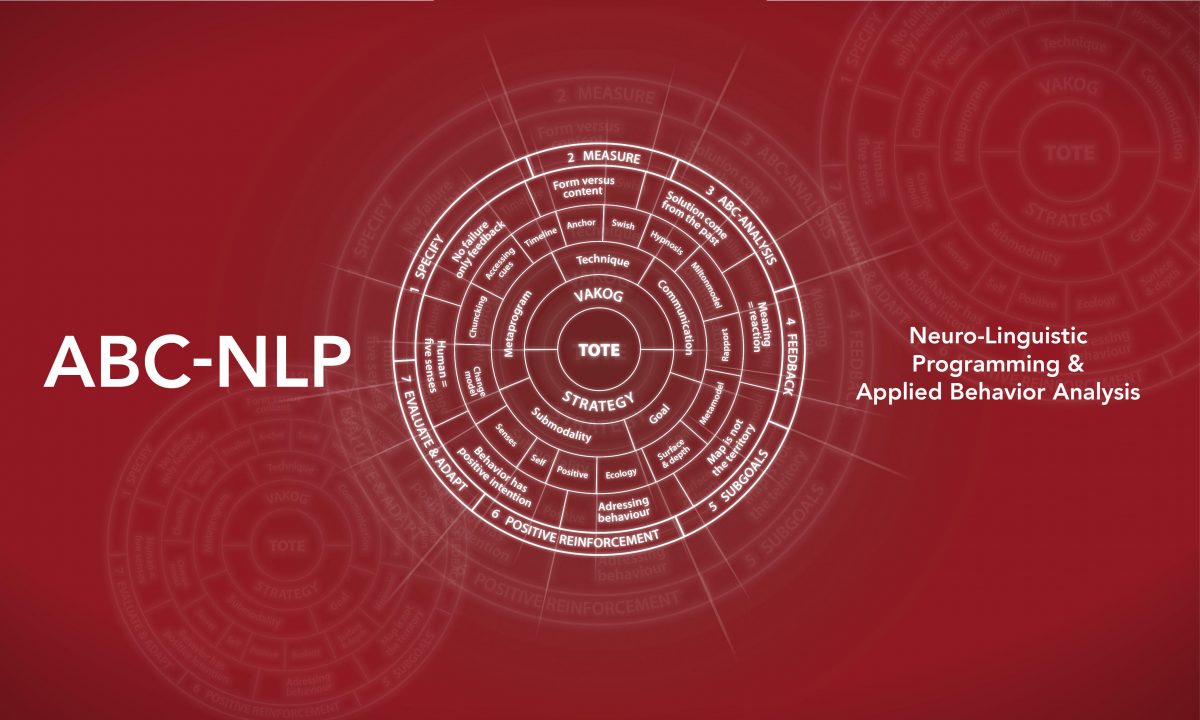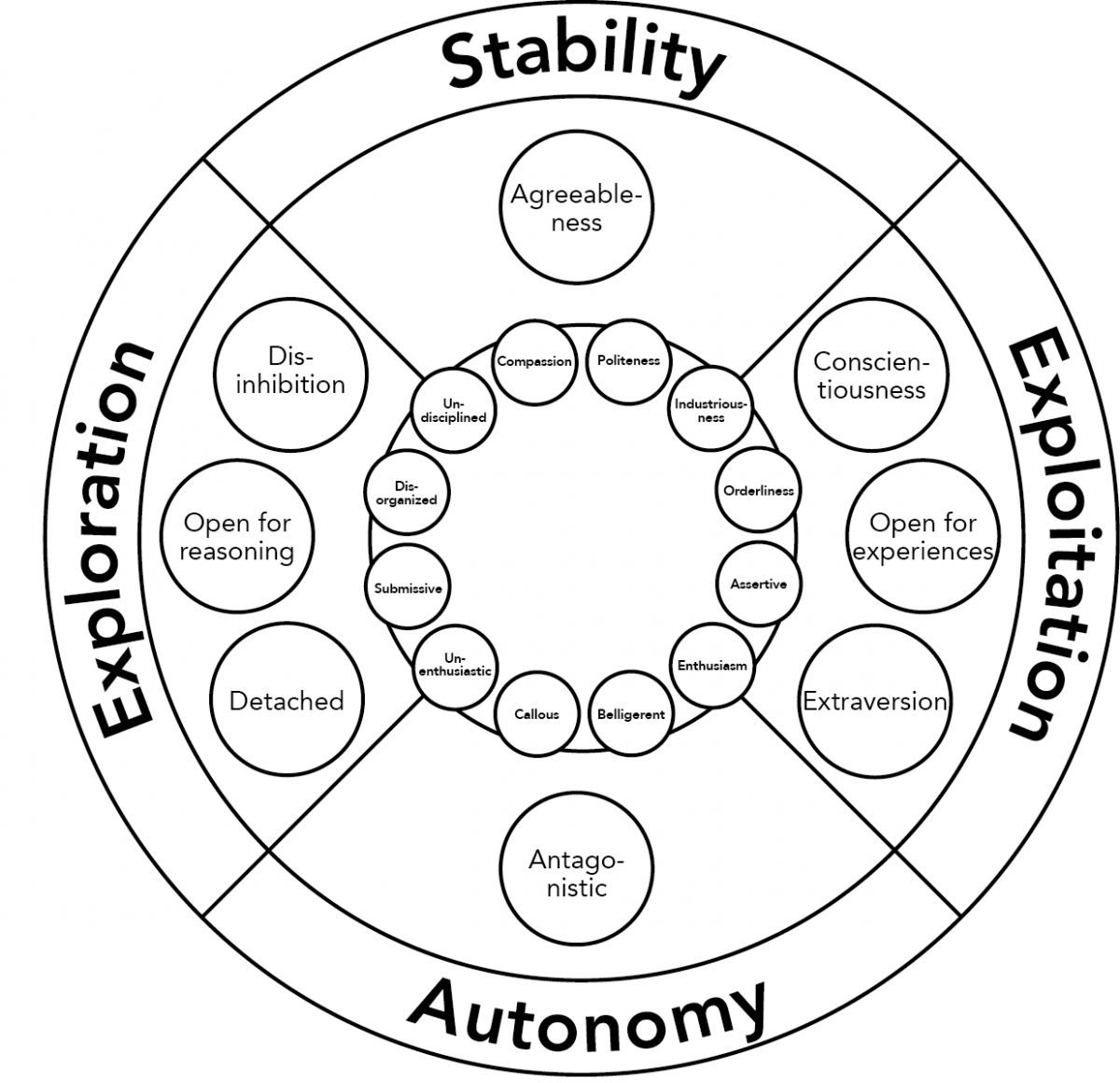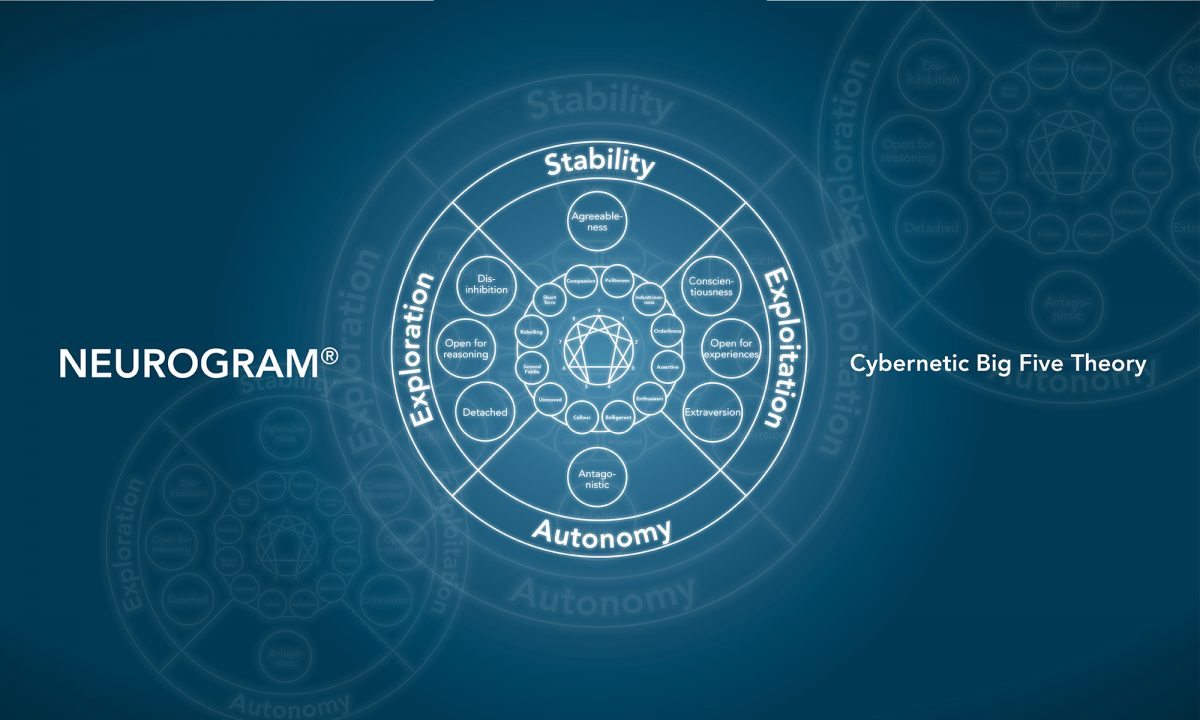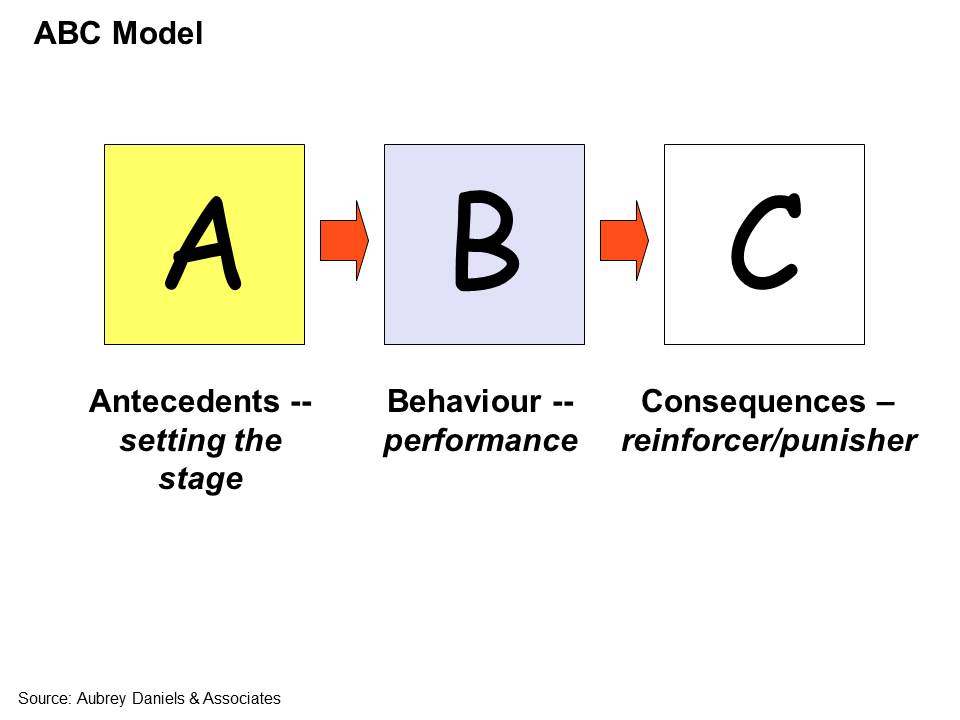Tritype® is a registered trademark in the US, held by Katherine Fauvre. It appears that Katherine Fauvre is leveraging her trademark to dissuade her critics, including me. Regrettably, she seems to misrepresent the scope of her rights under the Tritype® trademark. Trademarks do not restrict critics from evaluating the products or services sold under the protected name.
In this article, I articulate why Tritype® is nonsensical. If you’ve never encountered Tritype®, you’re probably better off. However, if you have come across Tritype®, here’s why it might be best to disregard it.
Tritype® contradicts the Enneagram
The Enneagram is a system of personality typing. Defined within the realm of psychology, personality refers to an individual’s unique and enduring pattern of thoughts, feelings, and behaviors that set them apart from others. It’s a blend of traits, characteristics, and behaviors that shape how a person interacts with the world, perceives their environment, and manages their emotions. Influenced by biological, genetic, environmental, and cognitive factors, personality remains largely stable throughout a person’s life.
What sets the Enneagram apart is its exceptional ability to clarify the unique factors that differentiate one person from another. It achieves this by delineating nine distinct sets of traits, characteristics, and behaviors. Further, the Enneagram offers dynamic descriptions of these sets, demonstrating how different traits can emerge based on changing circumstances, aligning with modern psychological understandings that personality does not fit into distinct categories.
The Enneagram’s types are non-categorical. Each type has two subtypes that slightly modify the basic set of traits, characteristics, and behaviors. Additionally, each type exhibits particular traits that surface during periods of stress, and different traits that emerge during relaxation.
Perhaps the greatest strength of the Enneagram is its ability to illuminate the distinct differences between people of different types. It serves as a powerful tool for distinguishing among individuals with varying personalities. This is particularly true given the Enneagram’s typing approach, which is predicated more on the process of elimination than identification. When determining someone’s Enneagram type, one observes behaviors that are so foreign to their own experience that they cannot imagine themselves ever acting in such a way. Once such behavior is identified, that associated type can be discarded. After eliminating eight types, the remaining type is deemed to be the individual’s Enneagram type.
- Tritype® makes it harder to differentiate between people
Tritype® fundamentally contradicts the core principle of the Enneagram: to differentiate individuals based on their distinct personality type. The concept of Tritype® posits that an individual does not possess a single type, but rather three, tripling the set of traits, characteristics, and behaviors. This drastically complicates the process of elimination, a cornerstone of the Enneagram method for determining types, essentially sabotaging it.
- Tritype® contradicts the Enneagram in relation to stress behavior
Further complicating matters, Tritype® theory suggests that the behaviors associated with stress, which according to the Enneagram are consistently negative, could be construed as positive. According to the Enneagram, these stress behaviors, despite occasionally serving certain goals, are generally unfavorable. This stands in contrast to the behaviors tied to one’s Enneagram type, which can be either positive or negative depending on the situation. However, in Tritype® theory, a combination of types can include one type’s stress behaviors, suggesting that positive stress behaviors are possible. This idea contradicts not only personal experiences of many individuals but also the fundamental principles of the Enneagram.
- Tritype® contradicts the Enneagram in relation to unconnected types
Further still, Tritype® theory complicates the concept of unconnected Enneagram types. For each Enneagram type, there are four other types whose behaviors are unlikely to be exhibited in a person’s behaviors. While some Tritypes may uphold this idea, most do not, making Tritype® theory further divergent from the principles of the Enneagram.
- Tritype® is either categorical and static or involves even more types than three
If the Tritype® model includes two subtypes for each type, as well as the stress and relaxation behaviors of other types, then the number of potential personality components it captures significantly exceeds just three. Indeed, it’s challenging to comprehend why this approach doesn’t encompass all nine types, which would eliminate any basis for distinguishing between individuals.
If the Tritype® model aims to avoid this uncontrolled expansion to include many, if not all, Enneagram types for a single Tritype, it becomes static and categorical. This not only contradicts the dynamic inherent in the Enneagram system but also eliminates two of its most valuable attributes.
- Why stop at three types?
Dutch Enneagram author Willem Jan van de Wetering developed a system wherein all nine types exist at various levels of spiritual significance. In his view, understanding the Enneagram is merely about organizing the nine types in the correct order. His system assigns a nine-digit code representing all nine Enneagram types to every individual, with the task being simply to find your number. This approach, while seemingly as nonsensical as the Tritype® model, presents a conundrum for Tritype®: Tritype® struggles to justify why one should limit themselves to just three types instead of considering more.
In conclusion, while one can utilize either the Enneagram or Tritype®, the two systems cannot be employed concurrently due to their contradictory nature. Tritype® fundamentally opposes several core concepts of the Enneagram system.
Tritype® is unscientific
To clarify: while the Enneagram is not recognized as scientific, Tritype® can be characterized as unscientific. The distinction between these terms is crucial. “Not scientific” implies a lack of scientific research or a theoretical framework, as is the case with the Enneagram. Conversely, “unscientific” signifies that the subject either has been researched and proven false, or it contradicts established scientific theory, as is the case with Tritype®.
- Tritype® contradicts the Circumplex Model of Personality
The Circumplex Model of Personality (CPM) helps illustrate this point. According to the CPM, personality scores from the Big Five—the most widely accepted scientific description of personality—fall into eight different groups out of a potential thirty-two. In the Big Five framework, individuals can score high or low on five distinct traits, theoretically leading to thirty-two different combinations. Yet, only eight combinations are typically observed in practice.
The Enneagram’s nine types align well with these eight groups, but Tritype® contradicts them. Tritype® theory assumes combinations of Big Five traits that are not observed in reality. Therefore, by contradicting the findings of the CPM, Tritype® is unscientific.
If you want a version of the Enneagram that is scientifically grounded, go for the Neurogram® model.
Conclusion
Tritype®, being both in opposition to the principles of the Enneagram and inconsistent with established scientific theory, is fundamentally flawed. However, it’s understandable why it may appeal to some individuals. Given that the Enneagram itself is not scientifically validated, there are bound to be many interpretations and applications that may veer into conjecture, potentially leading to frequent mistyping. A theory like Tritype® that appears to encompass a wider range of possibilities can seem attractive, particularly to those who have been misidentified.
Moreover, one of the Enneagram types is marked by a strong ability to empathize, or to put oneself in another person’s shoes. This means that individuals of this type may see reflections of themselves in nearly every description, making it challenging for them to accept that they differ significantly from the other eight types. For them, adopting Tritype® may feel more inclusive and thus more appealing.
Finally, it’s worth noting that many people are drawn to ideas that lack empirical support, such as astrology. Those who are willing to embrace the uncertainties of astrology may similarly be more inclined to accept the nebulous concepts of Tritype®.
